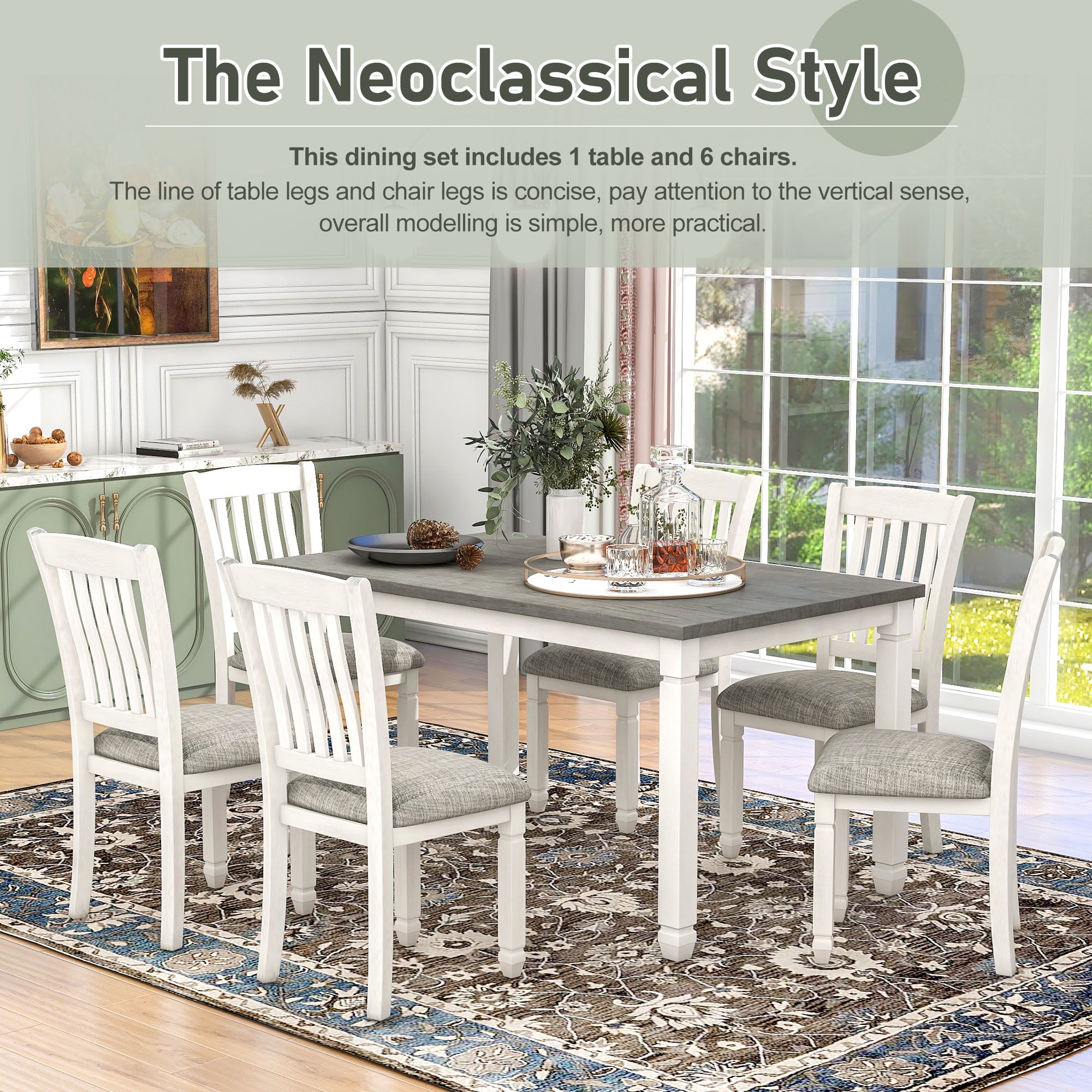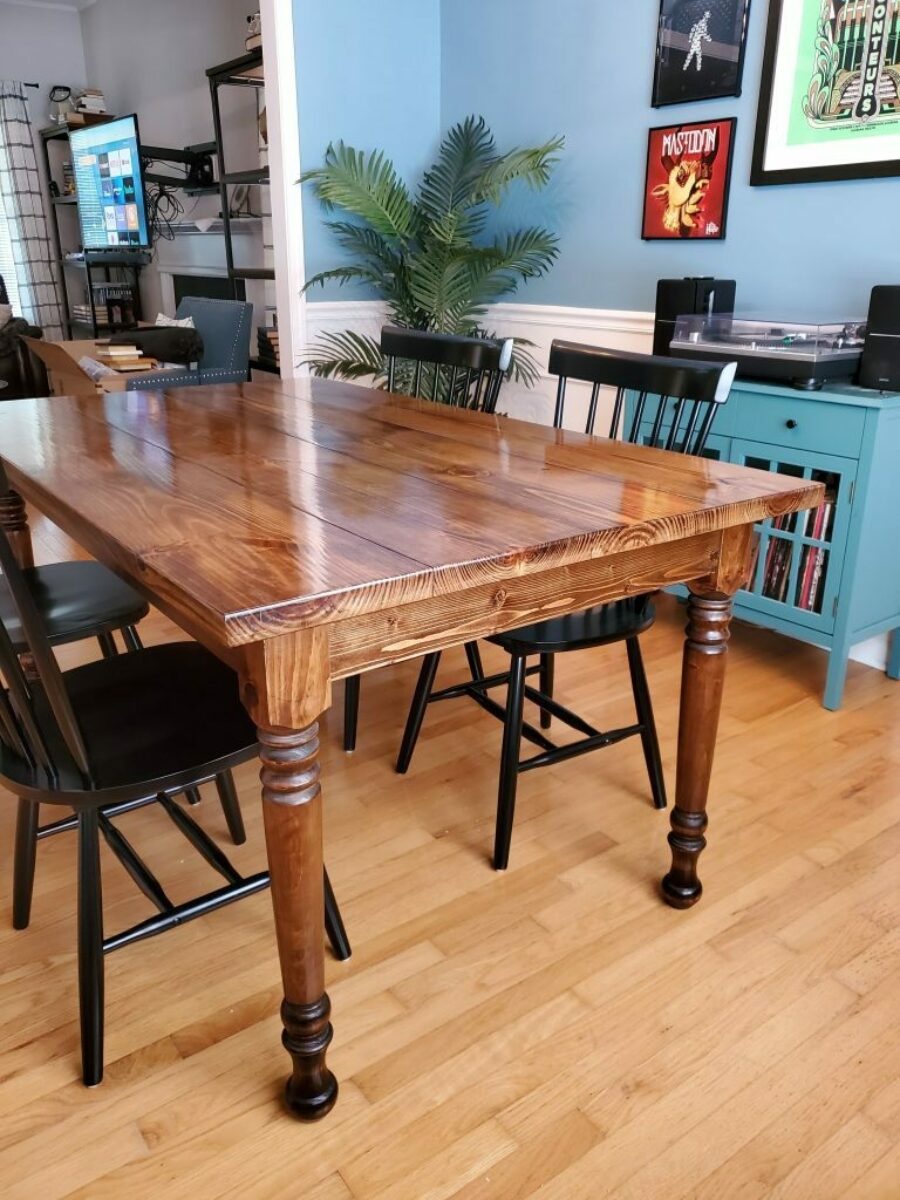How the Right Dining Room Table Legs Can Complete Your Dining Room Look
How the Right Dining Room Table Legs Can Complete Your Dining Room Look
Blog Article
From Standard to Modern: Locate the Perfect Dining Space Table Legs for Your Style
The option of eating area table legs plays an essential function in specifying the overall personality of your area, bridging the void in between typical craftsmanship and contemporary aesthetics. While traditional designs such as cabriole and transformed legs stimulate a sense of ageless class, modern styles like hairpin and geometric options present a chance for striking visual rate of interest. Examining the ideal balance between these styles requires a nuanced understanding of your existing design and individual preference. As you take into consideration these aspects, the question continues to be: just how can you seamlessly incorporate these diverse leg styles to create an unified dining experience?
Recognizing Table Leg Styles
The range of dining-room table leg styles can considerably affect both the visual appeals and performance of the area. Each leg design adds special useful attributes and aesthetic elements, satisfying diverse layout choices and usage demands. Comprehending these styles is critical for picking the right table that straightens with your total interior decoration vision.
For example, tapered legs offer a clean, classic appearance that can boost a room's sophistication, while pedestal bases give security and make the most of legroom, making them optimal for smaller spaces. Hairpin legs, a characteristic of mid-century modern-day style, present a commercial style, enabling a ventilated, open feeling. Trestle legs evoke rustic beauty, providing durable support and a sense of timelessness.
Wooden legs can bring warmth and appearance, whereas steel choices typically convey a smooth, modern vibe. Ultimately, understanding table leg designs is vital for producing a natural dining area that shows personal design while guaranteeing practicality and comfort.
Standard Table Leg Options
When selecting eating space table legs, conventional alternatives commonly symbolize classic style and craftsmanship. These styles show a rich heritage and a dedication to high quality, making them optimal for those that value timeless aesthetic appeals.
Among the most famous standard leg styles is the cabriole leg, identified by its elegant curved form. This style often features attractive carvings and is most frequently discovered in Queen Anne and Chippendale furnishings. Another prominent option is the turned leg, which flaunts a series of smooth, rounded shapes that provide a timeless look while maintaining security.
Moreover, the straight leg, while easy, uses a tough and unadorned structure that can blend effortlessly with a selection of tabletop styles. For those attracted to ornate outlining, claw-and-ball feet legs stimulate a sense of majesty and can offer as a spectacular prime focus in any eating space.
Last but not least, stand bases, although not strictly legs, give an alternate standard option that permits for ample legroom and can be magnificently sculpted. Each of these conventional leg designs contributes to the general atmosphere of a dining-room, weding feature with aesthetic allure.

Modern Table Leg Designs
Modern table leg styles use a varied variety of designs that emphasize tidy lines and cutting-edge products. These designs commonly prioritize capability while working as striking centerpieces within an eating room. Minimal aesthetics prevail, with legs crafted from materials such as metal, glass, and crafted wood, which contribute to a modern and ventilated feel.
One preferred design is the hairpin leg, characterized by its slim, conical structure that supplies security without overwhelming the table top (dining room table legs). This style is typically found in mid-century modern furnishings and can effortlessly complement numerous eating table forms. One more trend is making use of geometric forms, where legs might tackle angular or unbalanced forms, adding aesthetic interest and a touch of artistry

Blending Styles for Unique Areas
Commonly, homeowners look for to produce special dining areas that reflect their personal style by mixing different style aspects. This technique permits the consolidation of varied visual appeals, leading to an unified yet distinct setting. Matching a rustic wood table with streamlined, modern steel legs can create a distinctive comparison that elevates the area's overall allure.
In addition, integrating vintage table legs with contemporary tabletops can evoke a feeling of history while preserving a modern-day perceptiveness. Such mixes not just display individual taste however likewise motivate imagination, permitting homeowners to curate an area that feels both personal and welcoming.
Shade plays an essential role in this mixing process; picking table legs that complement or contrast with the existing color pattern can enhance aesthetic passion. For instance, whitewashed legs can soften the boldness of a dark table surface area, developing a balanced visual.
Tips for Picking the Right Legs
Selecting the right table legs is essential for accomplishing both functionality and visual appeal in your eating room. Begin by thinking about the overall design of your area. Typical setups gain from legs that include intricate carvings or turned styles, while contemporary areas may require sleek, minimalist styles.
Next, analyze the elevation and security of the legs. dining room table legs. Standard dining tables vary in between 28 to 30 inches in height, so ensure the legs enhance this measurement for comfort. Furthermore, durable materials, such as hardwood or metal, can boost stability and longevity
Examine the leg form too-- choices include right, tapered, or stand layouts. Straight legs use a timeless look, while tapered legs can include a touch of beauty. Pedestal bases provide adequate legroom and are excellent for smaller sized spaces.
Conclusion
In summary, picking the ideal dining area table legs needs mindful consideration of both contemporary and traditional styles. By harmonizing see page leg design, elevation, and material with the overall design, a natural and welcoming atmosphere can be achieved.
The variety of eating area table leg styles can substantially influence both the appearances and functionality of the description room. Eventually, comprehending table leg designs is crucial for creating a cohesive eating location that shows personal design while making sure usefulness and comfort.One of the most iconic standard leg designs is the cabriole leg, characterized by its graceful curved shape. Straight legs offer a traditional look, while tapered legs can include a touch of style.In summary, choosing the ideal eating area table legs needs cautious factor to consider of both traditional and contemporary styles.
Report this page